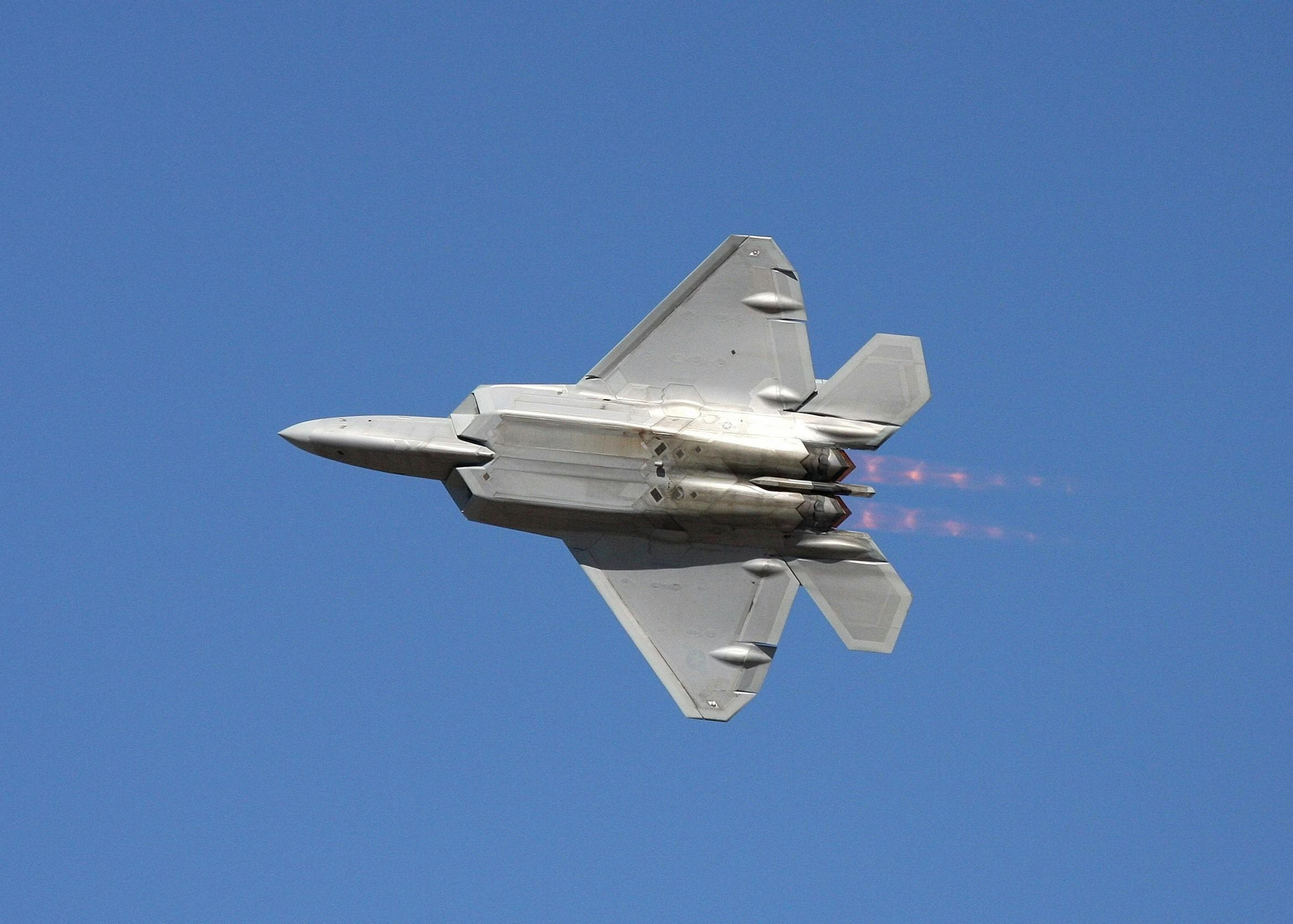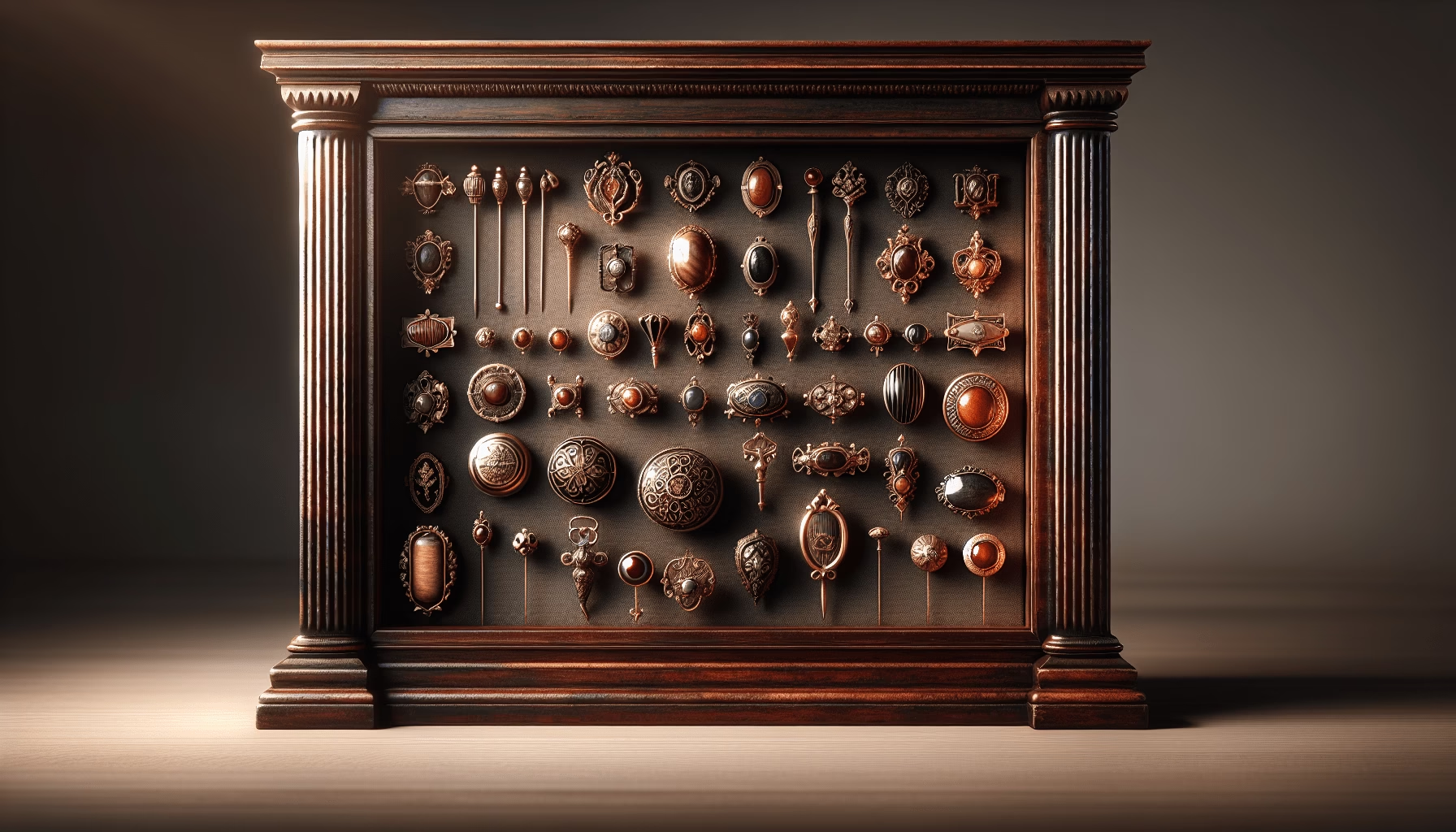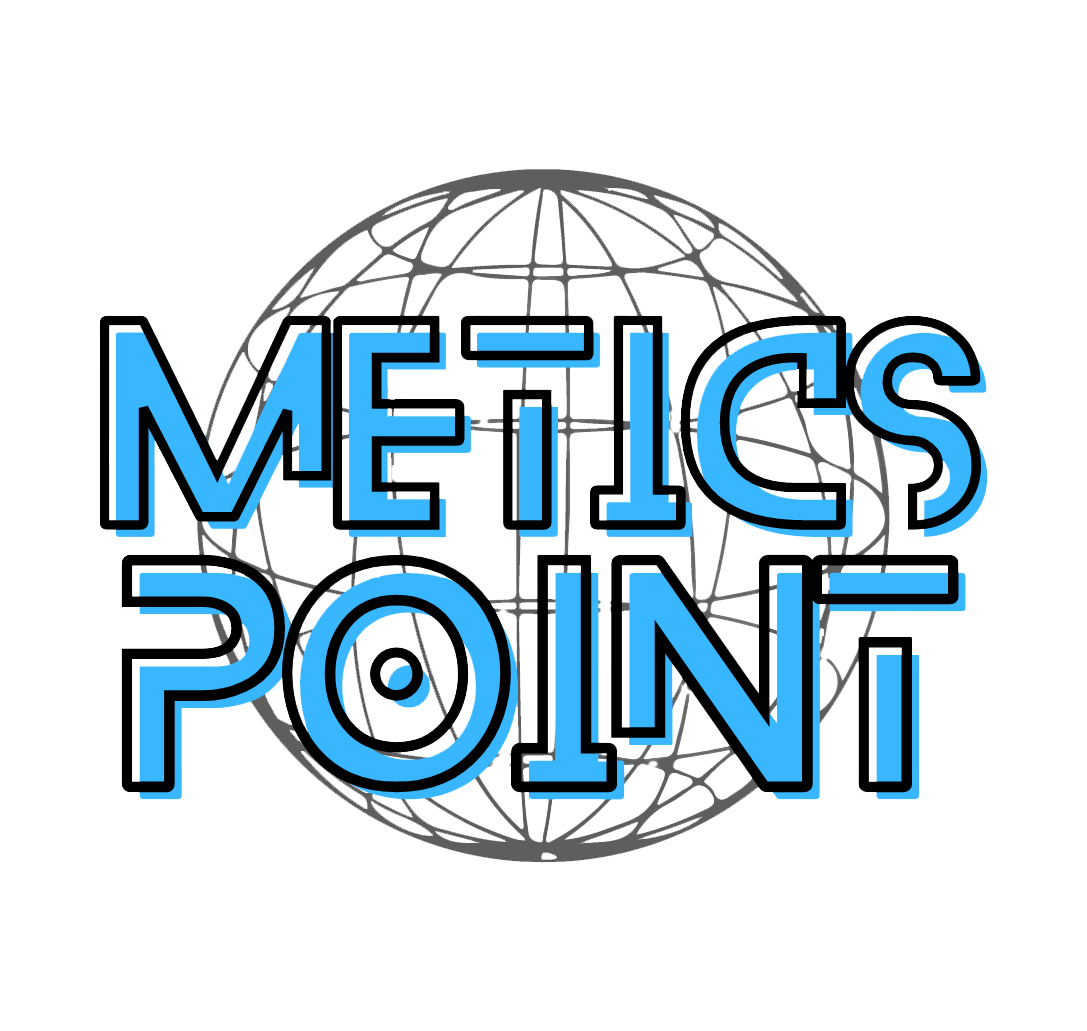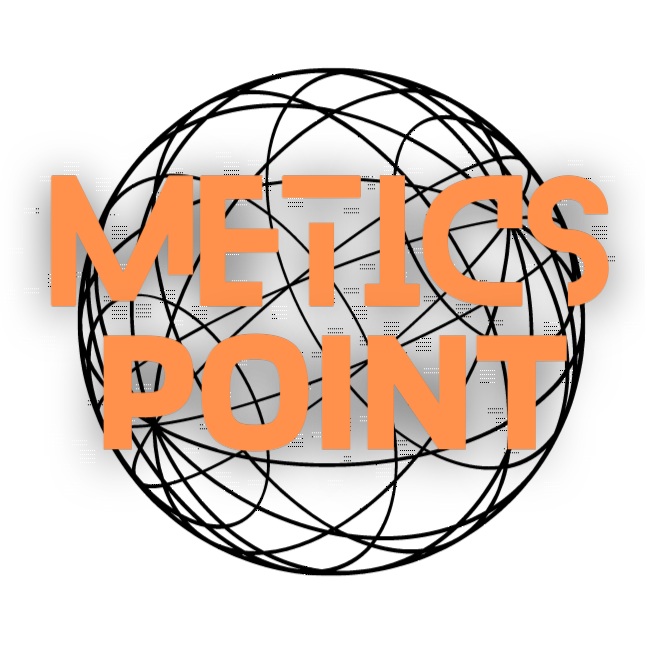Have you ever wondered how to master the intricacies of organizing a historical pin collection? Organizing a collection that encompasses the vast tableau of history can be quite the Herculean task, especially when it involves preserving not just physical artifacts but stories, cultures, and memories attached to each pin. For the dedicated collector, maintaining an organized system is not only a means of showcasing the collection’s grandeur but also of preserving its timeless narrative.

Table of Contents
The Origin of Historical Pin Collection
Pin collecting might seem like an old-fashioned hobby, but it is steeped in a rich history that reflects social and cultural evolution. Historically, pins were symbols of allegiance, representing everything from regimental pride in military units to symbols of political movements or fashion trends. Understanding the origins of pin collection allows collectors to appreciate the broader context within which these objects were crafted and exchanged.
A Glimpse into Historical Significance
Historically, pins have served a multitude of purposes, from offering political support during campaigns to showcasing membership in exclusive clubs. During the 19th and 20th centuries, pins became widely accessible, transitioning from decorative ornamentation to mass-produced items that could represent nearly any aspect of social life. This shift facilitated the birth of pin collecting as a hobby, allowing enthusiasts to gather a tangible piece of history.
Evolution into a Popular Hobby
Pin collecting gained significant momentum after World War II, particularly with the burgeoning travel industry and sports events, where pins became cherished souvenirs. The Olympic Games, for instance, popularized pin trading, turning it into a global phenomenon where collectors could exchange pieces from different cultures, building a mosaic of international stories within their collections.
Key Concepts in Historical Pin Collection Organization
When considering how to best structure a pin collection, strategic organization is paramount. Understanding several key concepts will enhance the clarity and accessibility of the collection, turning it into an educational resource and a source of personal pride.
Categorizing Your Collection
To master the organization of a pin collection, one must first understand the importance of categorization. Collections can be grouped into various categories such as by historical period, geographical origin, theme, or material. This methodical approach not only enhances the visual appeal of the display but also aids in quick retrieval and appreciation of specific themes or stories within the collection.
Inventory Management
An organized pin collection is underpinned by a robust inventory management system. Keeping detailed records of each pin, including its background, acquisition details, and condition, is critical. Digital cataloging tools can facilitate this process, allowing collectors to easily access and update records, ensuring the collection remains dynamic and informative.

Advanced Techniques for Display and Storage
Showcasing a pin collection involves more than just placing items in a display. Effective display techniques can enhance both the aesthetic and educational value of the collection, offering viewers a deeper connection to each pin’s narrative.
Thematic Display
Implementing thematic displays can transform a collection into a compelling visual journey. For instance, collectors might curate exhibits based on events, such as World War II, or themes like art deco. Such displays not only highlight specific aspects of the collection but can also serve as the foundation for educational storytelling.
Climate-Controlled Storage
The preservation of pins requires careful consideration of storage conditions. Historical pins, particularly those made of metal, are susceptible to corrosion if stored improperly. Using climate-controlled environments or specially designed display cases can mitigate risk, ensuring the longevity and integrity of the collection. Desiccants can be used to control humidity in storage areas, providing an added layer of protection against environmental damage.
Practical Problem-Solving Strategies
As with any collection, there are challenges to maintaining an organized and well-preserved pin collection. Finding solutions to common problems can ensure that the collection remains a valuable testament to history for years to come.
Addressing Wear and Tear
Over time, pins may suffer from wear and tear. Learning how to clean and restore pins gently is crucial. Non-abrasive cleaning agents and soft cloths can be used to remove surface tarnish, while professional conservators may be consulted for more delicate restorations. Regular inspections for rust or discolouration can prevent long-term damage.
Securing Loose Components
Pins often feature intricate components that can become loose with age and handling. Implementing reinforcement strategies such as using tiny, transparent adhesive dots can secure these components without compromising the visual authenticity of the pins. Custom display boards with foam backing can provide additional stability.

Case Studies of Exemplary Pin Collections
Examining successful case studies of historical pin collections can provide inspiration and practical insights for collectors striving to organize their own collections more effectively.
The Influence of the Olympic Games
One notable case is the vast collection of Olympic pins amassed from historical games. The organization of such a collection focuses on chronological arrangements, thematic storytelling, and incorporating multimedia elements such as photographs and videos of the events. This integration of context and artifact allows the collection to serve not only as a showcase of memorabilia but also as a historical archive.
Corporate and Event-Based Collections
Corporate pins from events such as World Fairs or World Series games can also offer compelling case studies. Companies often issue pins to commemorate milestones or events, and collectors who acquire such pins might arrange them in a timeline or map display, offering viewers insights into corporate history and event impacts.
Embracing Technology for Modern Collections
Incorporating technology into pin collecting can enhance organization and outreach. Using digital tools not only improves inventory management but also enriches the collection’s story.
Digital Archives and Catalogs
Creating a digital archive of a collection allows for easy access and sharing. Digital photographs of each pin, accompanied by metadata (such as historical context or acquisition details), can be hosted in an online repository, enabling collectors to share their collections with a global audience and facilitate scholarly collaborations.
Virtual Tours and Exhibitions
Virtual exhibitions can bring pin collections to life, reaching a wider audience without geographical constraints. Through virtual reality or interactive web platforms, collectors can construct immersive experiences that allow users to explore pins with contextualized narratives, enhancing both educational and entertainment value.

Future Trends in Pin Collection
As pin collecting continues to evolve, staying informed about future trends and innovations can provide collectors with new avenues for exploration and engagement.
Sustainable Practices
As sustainability becomes increasingly crucial, collectors might focus on environmentally friendly methods in both the acquisition of new pins and the maintenance of existing collections. This could involve supporting artisans who use sustainable materials or organizing pin swapping events that encourage reusing and repurposing.
Technological Innovations
Harnessing advancements in technology, such as AI for curation or blockchain for authenticating and tracing the provenance of rare pins, could revolutionize the way collections are managed and shared. Such technologies could also facilitate augmented reality (AR) experiences, allowing viewers to interact with collections in novel ways.
Conclusion: The Art of Storytelling through Pins
Ultimately, organizing a historical pin collection is about curating a narrative that captures and communicates the resonance of past events through these small but powerful artifacts. By mastering advanced organizational techniques, collectors not only preserve the integrity of their collections but also enrich their storytelling, offering rich repositories of history for future generations. Each pin holds a tale worth sharing; through meticulous organization, these stories remain vibrant and enduring.
Additional Resources for Pin Collectors
For those new to the world of pin collecting or those seeking to refine their expertise, several resources and communities can offer support. Websites dedicated to historical pins, forums where collectors share insights, and online marketplaces specializing in vintage memorabilia are invaluable. Connecting with these communities helps collectors enhance not only their collections but their appreciation for this art form.
In navigating the vast landscape of historical pin collection, one discovers not just the disciplined art of organization but the joy of uncovering the myriad stories each pin holds. Whether commemorating a moment in history or marking a personal milestone, these collections celebrate the intricate artistry and narrative complexity that make pin collecting a timeless expression of human culture.


